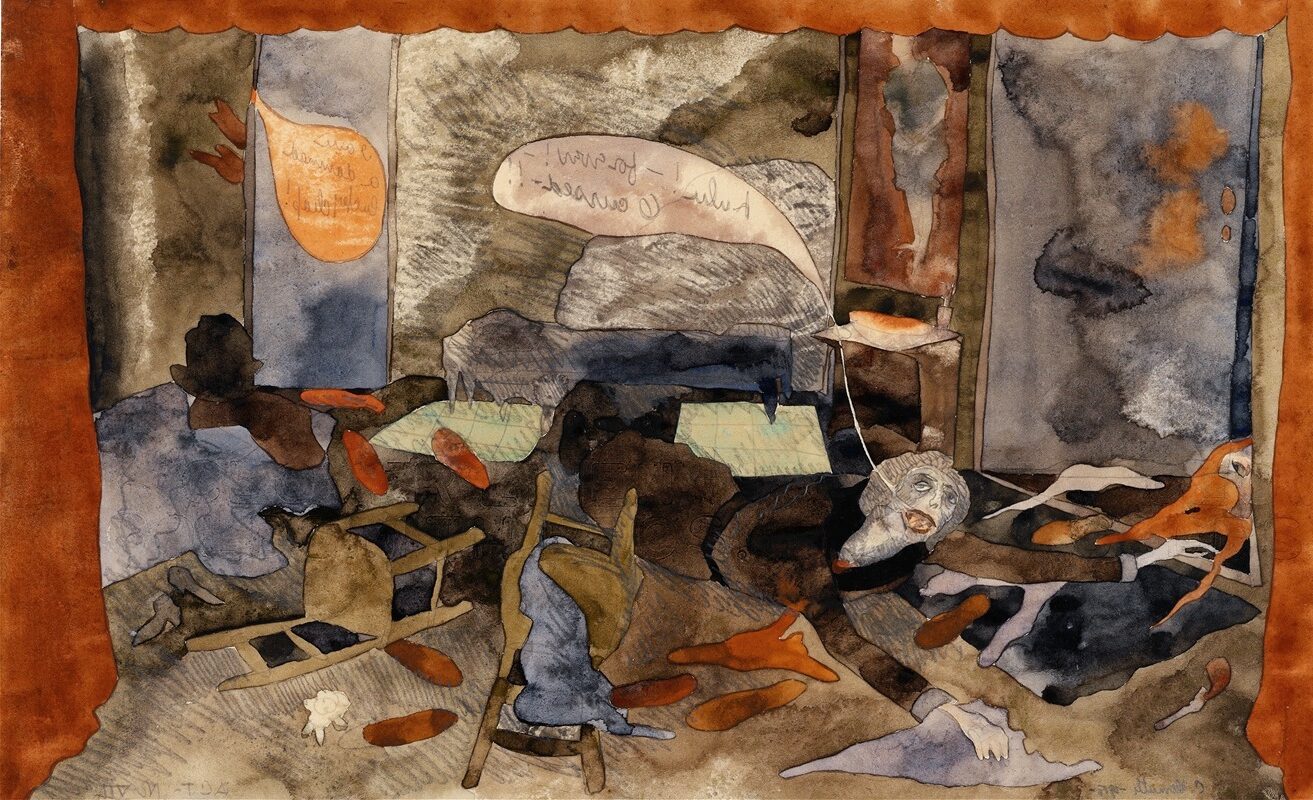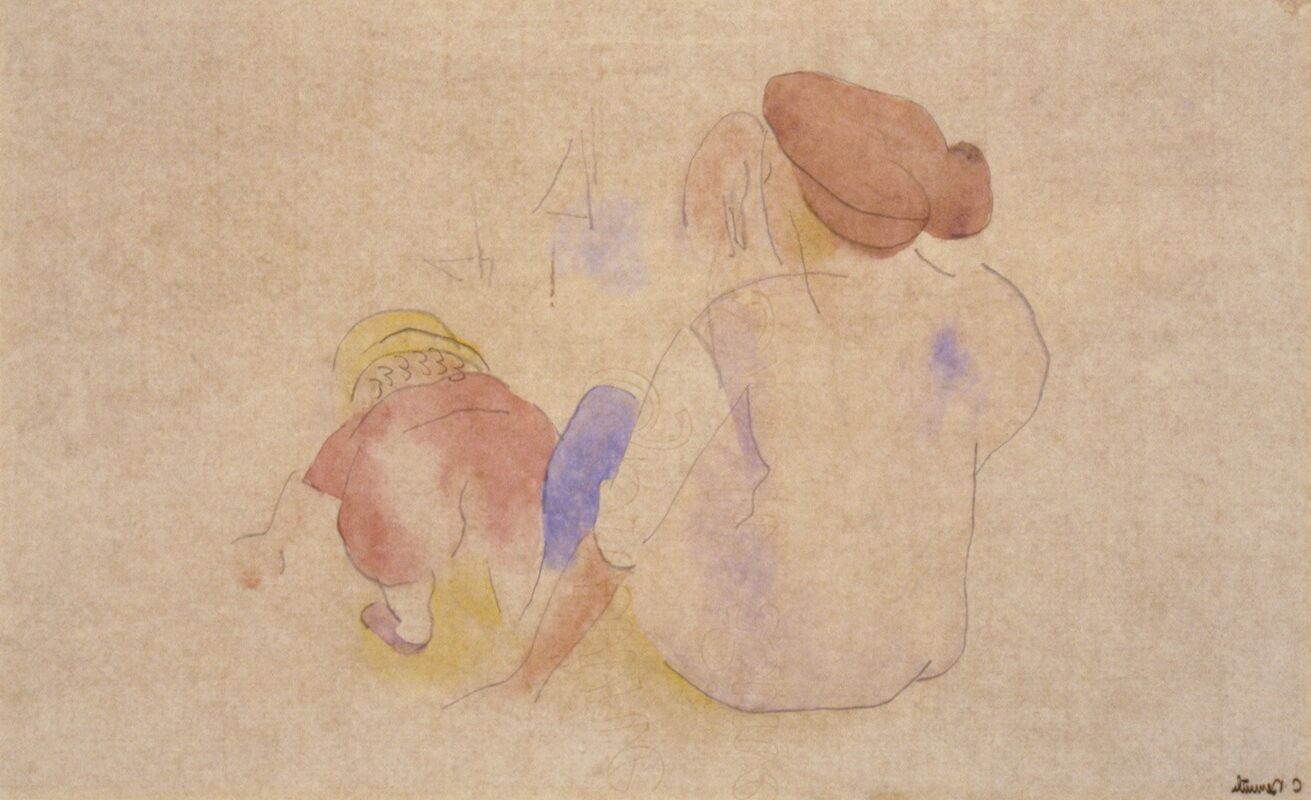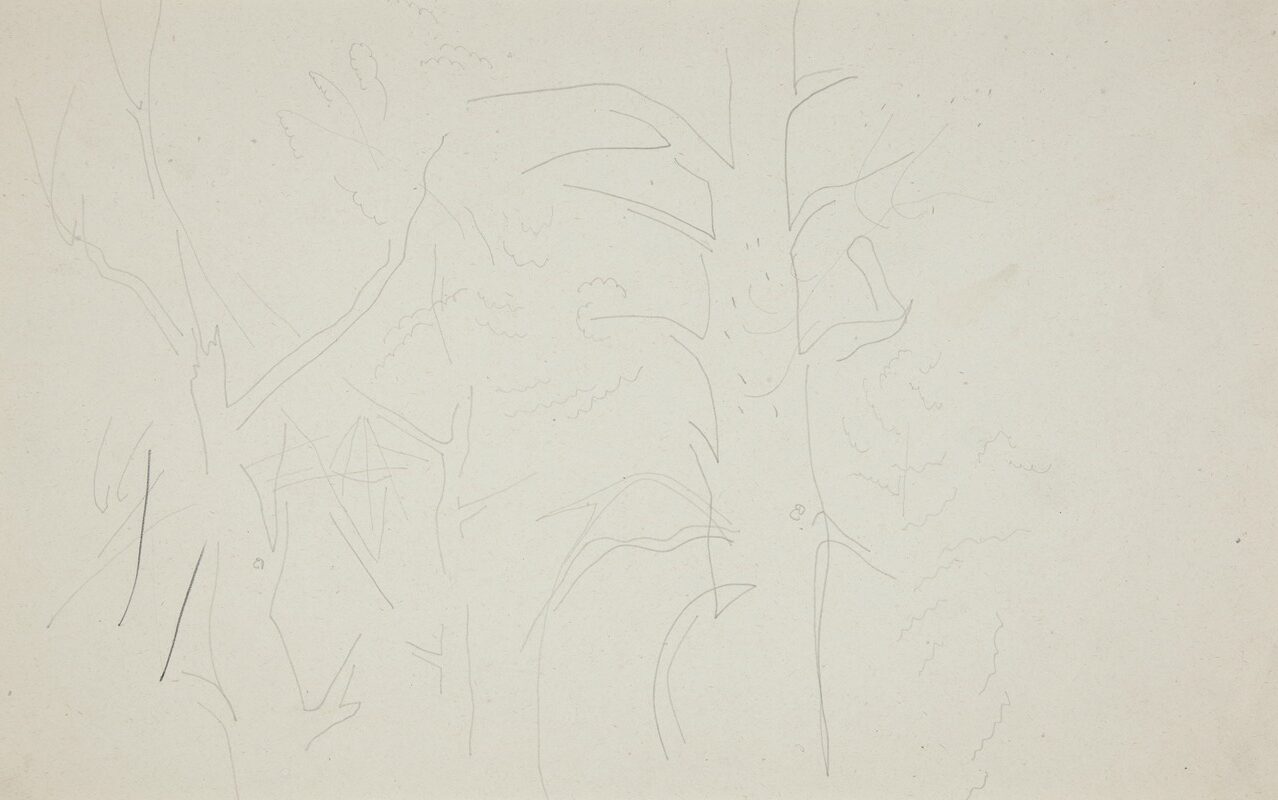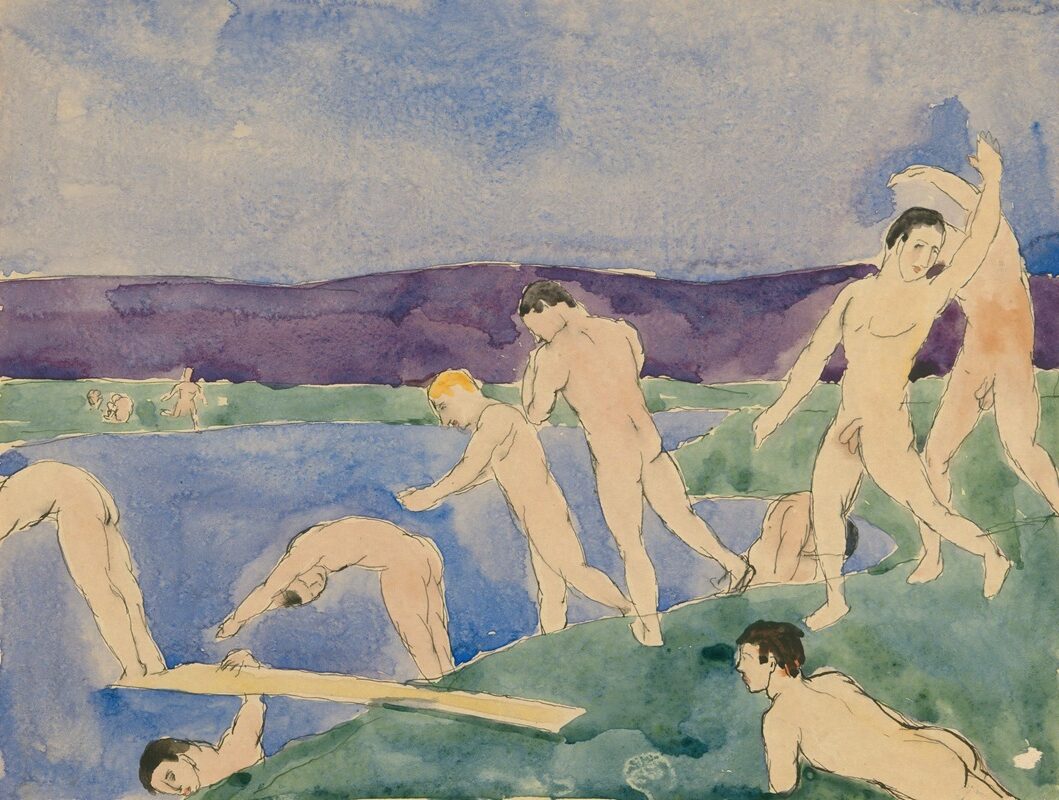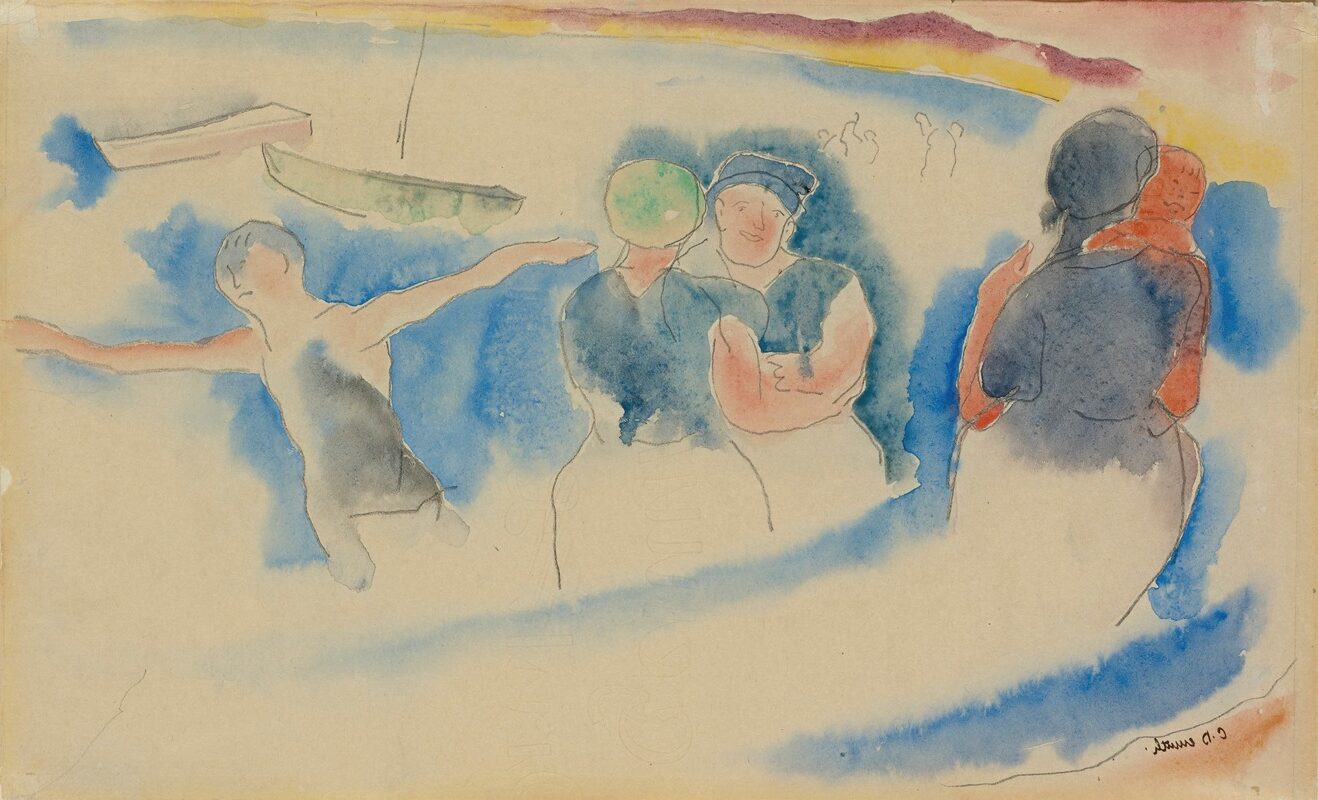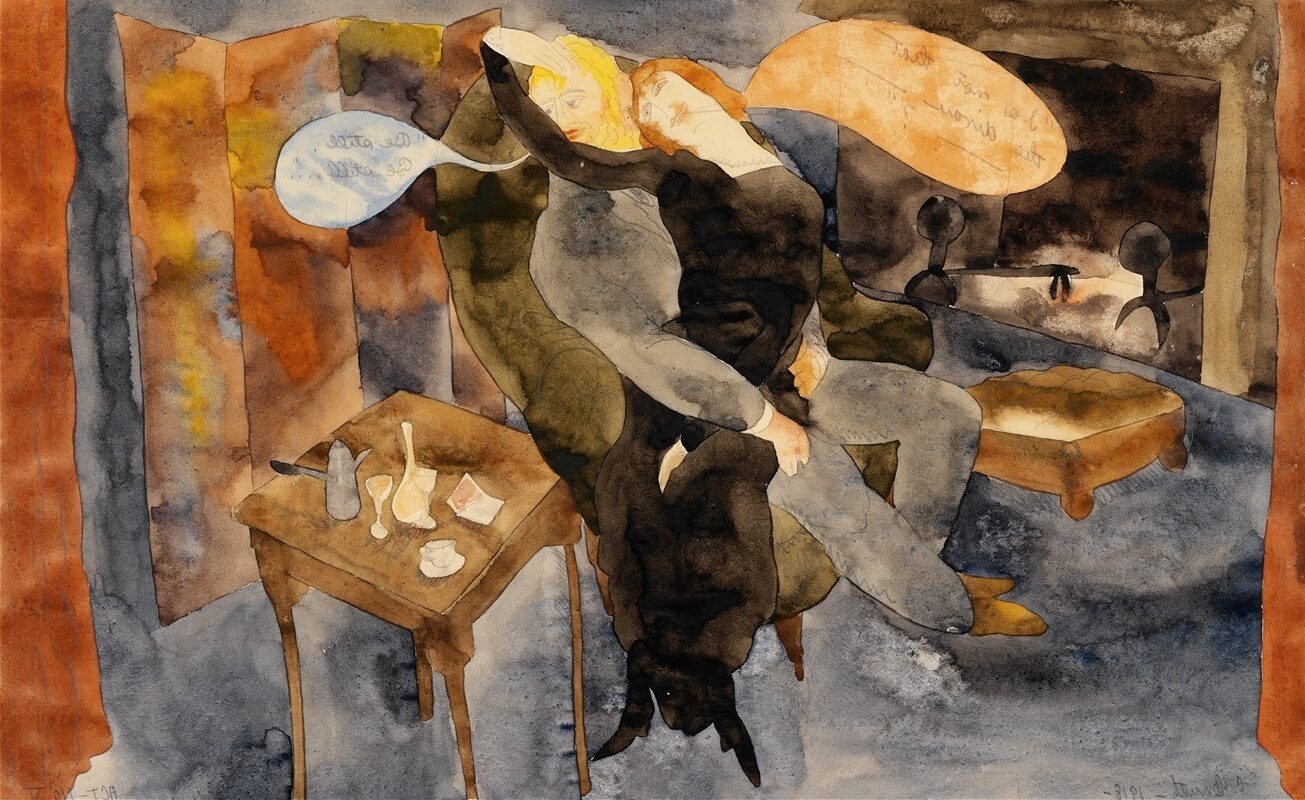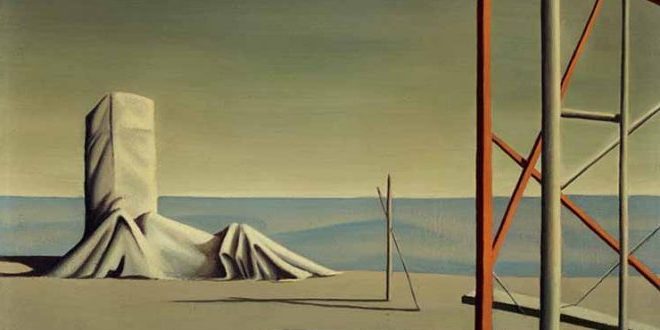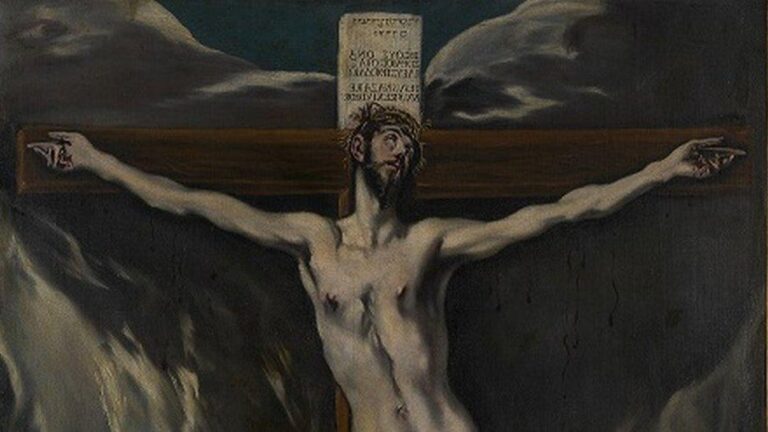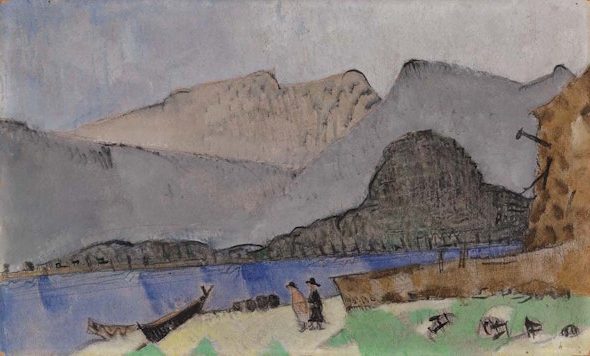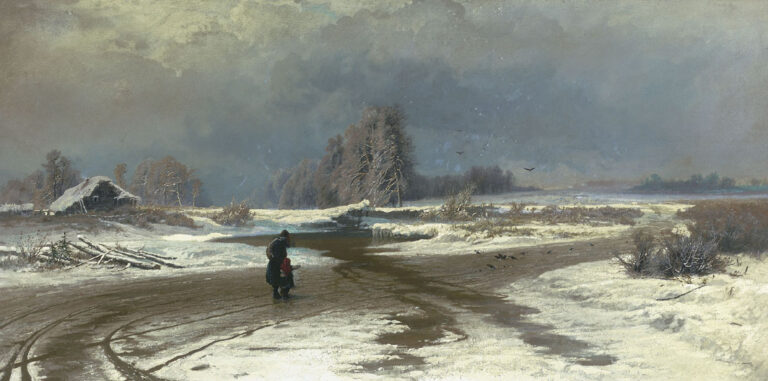Charles Demuth Painter: American Modernist of Precision and Elegance
Born: November 8, 1883, Lancaster, Pennsylvania, U.S.
Death: October 23, 1935, Lancaster, Pennsylvania, U.S.
Art Movement: Precisionism
Nationality: American
Institution: Philadelphia’s Pennsylvania Academy of Fine Arts, Académie Colarossi, and Académie Julian
Charles Demuth Painter: American Modernist of Precision and Elegance
Life and Career of Charles Demuth
Charles Demuth established himself as a significant American modernist painter through his distinctive watercolors and later oil paintings. His artistic journey spanned the early 20th century, during which he developed unique approaches to still life, portraiture, and industrial scenes.
Early Life and Education
Charles Henry Buckius Demuth was born on November 8, 1883, in Lancaster, Pennsylvania. He showed artistic talent from a young age despite struggling with health issues throughout his life.

Lula and Alva Schön, 1918, by Charles Demuth
Demuth received formal training at the Pennsylvania Academy of Fine Arts from 1905 to 1911, where he developed technical skills in painting and drawing. During this time, he also studied at the Académie Julian in Paris, exposing him to European modernist movements.
His early education combined traditional American art training with European influences that would later shape his distinctive style. These formative years proved crucial in developing his technique and artistic vision.
Artistic Development and Influences
Demuth’s work evolved significantly through exposure to European modernist movements, particularly Cubism and Precisionism. His time in Paris introduced him to avant-garde ideas that he later incorporated into his uniquely American style.
He became known for precise, controlled brushwork and geometric compositions. Demuth’s artistic circle included important figures like Marcel Duchamp, Georgia O’Keeffe, and Alfred Stieglitz, who influenced his artistic development.
After 1921, when he was diagnosed with diabetes, Demuth primarily worked with watercolors and tempera. This health challenge forced him to adapt his working methods but did not diminish his artistic output.
His approach blended realistic representation with abstract elements, creating a distinctive visual language.
Major Works and Exhibitions
Demuth’s most celebrated works include his “poster portraits” of friends, delicate floral watercolors, and industrial scenes celebrating American architecture. His painting “I Saw the Figure 5 in Gold” (1928) remains one of his most famous works.
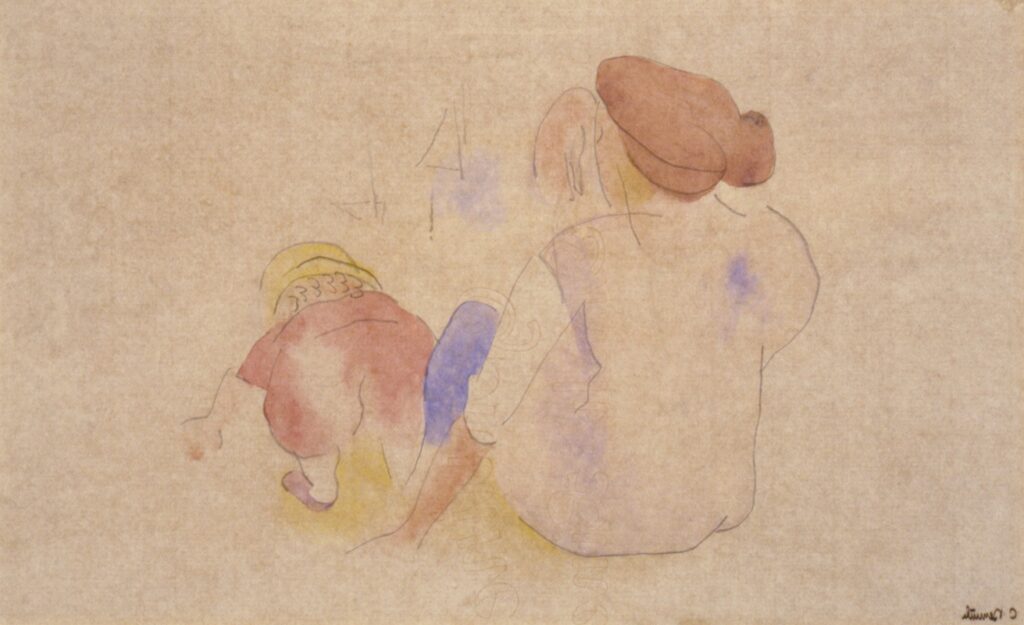
Woman with Child in Red Suit, ca. 1916, by Charles Demuth
His fruit still-lifes demonstrated exceptional skill and sometimes incorporated elements of Chinese artistic traditions. These works showcased his versatility and technical precision.
Demuth exhibited his work in important galleries including Stieglitz’s influential 291 gallery in New York. Despite health challenges, he continued painting until his death on October 23, 1935.
His legacy lives on through major museum collections including the Smithsonian American Art Museum, where his contributions to American modernism are celebrated.
Artistic Style and Techniques
Charles Demuth developed a distinctive artistic approach that combined precision with subtle emotion. His technique evolved from early watercolors to his later, more structured oil paintings that defined American Modernism in the early 20th century.
Precisionism and Key Characteristics
Demuth was a principal member of the Precisionist movement, an American art style that emphasized sharp lines and clear geometric shapes. His work featured crisp edges, flat planes of color, and architectural subjects rendered with mathematical precision.

Trees, ca. 1916, by Charles Demuth
Unlike many of his contemporaries, Demuth focused on industrial and urban American landscapes, transforming ordinary structures into compelling artistic statements. His paintings of factories, grain elevators, and city buildings celebrated American innovation while reducing these subjects to their essential forms.
The painting “My Egypt” (1927) exemplifies his Precisionist style, depicting a grain elevator with sharp angles and precise geometric forms. This approach reflected the machine age aesthetic that dominated American art in the 1920s.
Watercolor and Oil Painting
Demuth mastered watercolor techniques early in his career, creating delicate, luminous works with remarkable control. His watercolors from the mid-1910s show his developing personal style, with fluid brushwork and transparent layers of pigment.
His flower studies in watercolor reveal exceptional technical skill. Demuth could suggest form with minimal brushstrokes, allowing the white paper to shine through and create luminosity.
Later in his career, Demuth transitioned to oil paintings, applying his watercolor sensibilities to this medium. He developed a technique of applying thin, transparent layers of oil paint to create depth while maintaining precision.
His late oil paintings feature sharper edges and more defined structures than his watercolor works, yet they maintain a similar delicacy and attention to light.
Use of Color and Form
Demuth employed a sophisticated color palette that balanced vibrant hues with subtle tones. He often used color strategically to guide the viewer’s eye through the composition.
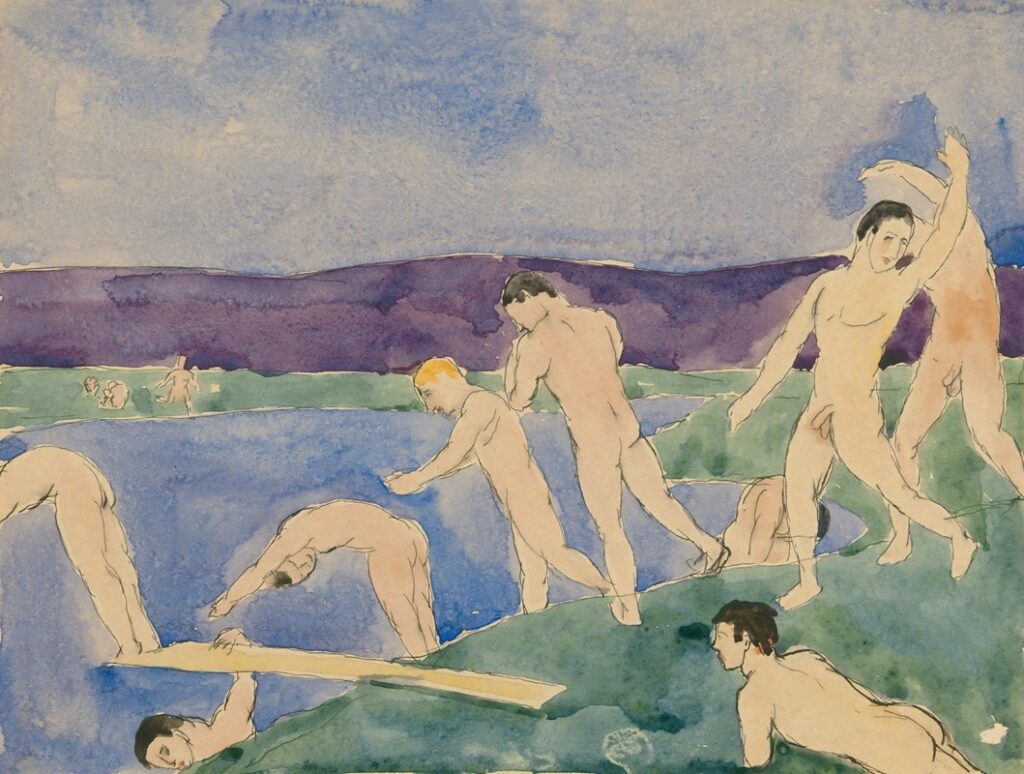
Twelve Nude Boys at the Beach, ca. 1914, by Charles Demuth
His understanding of color relationships allowed him to create dynamic tensions in his work. Demuth frequently juxtaposed warm and cool colors to suggest depth and highlight structural elements.
Form in Demuth’s work evolved toward increasing abstraction over time. While his early paintings contained more naturalistic representations, his later works reduced objects to their essential geometric shapes.
His approach to structure was architectural—building compositions with overlapping planes and intersecting lines. This created rhythm and movement even in static industrial subjects.
Demuth’s attention to light sources and shadows added dimension to his seemingly flat compositions, demonstrating his deep understanding of how form and color interact to create visual impact.
Legacy and Influence on Modern Art
Charles Demuth’s distinctive style and innovative approach to painting left a lasting mark on American art. His precision, geometric forms, and urban landscapes helped shape the Precisionist movement and influenced generations of artists who followed.
Impact on Future Artists
Demuth’s work significantly influenced the development of American Modernism in the early 20th century. As a principal member of the Precisionist movement, his emphasis on sharp lines and clear geometric shapes created a uniquely American response to European avant-garde trends.

Fish Series, No. 5, 1917, by Charles Demuth
Many artists who emerged in the mid-20th century drew inspiration from Demuth’s architectural paintings. His ability to transform ordinary industrial structures into compelling compositions resonated with later painters interested in urban landscapes.
The technical precision and mathematical order in Demuth’s work influenced artists working in various mediums, from painting to photography. His methodical approach to composition and form provided a blueprint for artists seeking to balance abstraction with representation.
Collections and Museums
The Demuth Foundation, established over 40 years ago, has been instrumental in preserving the artist’s legacy. Located in Lancaster, Pennsylvania, the Demuth Museum houses a significant collection of his works in his former home and studio.
Major art institutions like the Metropolitan Museum of Art, Whitney Museum, and Museum of Modern Art hold important Demuth paintings in their permanent collections. These institutions regularly feature his works in exhibitions focusing on American Modernism.
The comprehensive preservation of Demuth’s work allows scholars and the public to study his artistic evolution. His watercolors and oils remain valuable examples of early American Modernist techniques and perspectives.
Research and Publications
Scholarly interest in Demuth’s contributions to American art has grown steadily since his death in 1935. Art historians have published numerous books and articles analyzing his unique position between realism and abstraction.
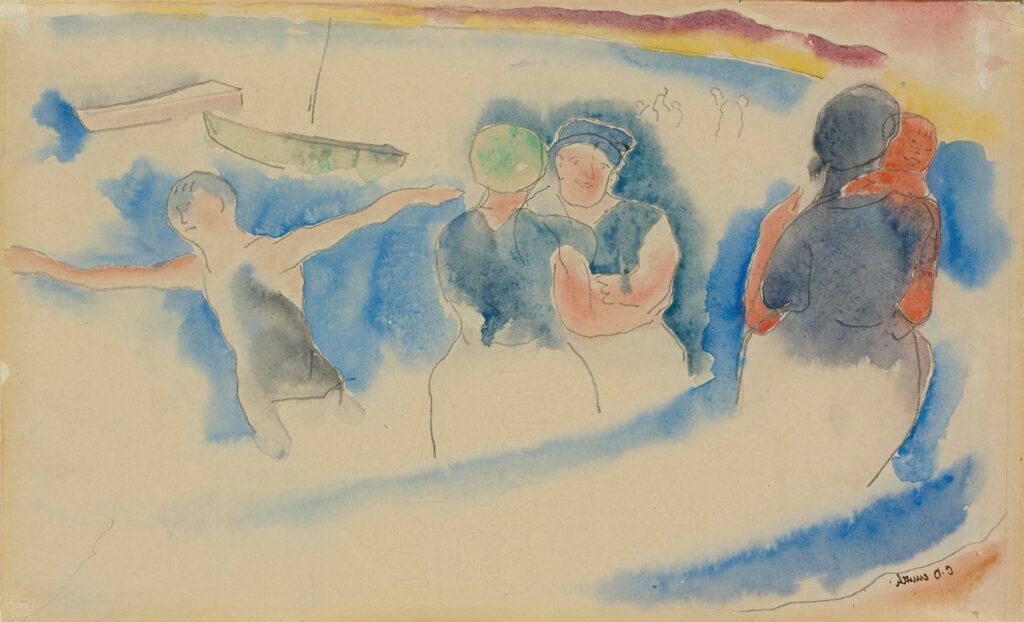
Bathing Beach, 1917, by Charles Demuth
Recent research has focused on Demuth’s role in developing a distinctly American artistic identity during a period of rapid industrialization. His precision and geometric interpretation of urban landscapes have been recognized as important visual documents of America’s changing landscape.
Publications exploring American Modernism regularly highlight Demuth’s innovative techniques and visual language. His watercolors in particular have received renewed attention for their technical brilliance and emotional resonance.
Digital archives and exhibition catalogs have made Demuth’s work more accessible to researchers and art enthusiasts worldwide. This increased visibility has helped cement his place as a pivotal figure in the development of 20th-century American art.
Frequently Asked Questions
Charles Demuth’s artistic career sparked curiosity about his techniques, themes, and lasting impact on American art. These questions explore his pioneering work in Precisionism, his distinctive watercolor style, and his significant contributions to early 20th century modern art.
What were the main themes depicted in Charles Demuth’s paintings?
Charles Demuth drew significant inspiration from his hometown of Lancaster, Pennsylvania. He transformed ordinary subjects like industrial landscapes, factory buildings, and water towers into striking compositions.
Demuth frequently painted still lifes featuring flowers and fruits with a distinctive modern approach. His work often incorporated elements of American culture and daily life.
He created a series called “poster portraits” that paid tribute to his friends and contemporaries through symbolic rather than literal representations.
Can you describe Charles Demuth’s influence on the Precisionism movement?
Demuth helped establish Precisionism as a distinctly American art movement in the early 20th century. His crisp lines, geometric forms, and architectural subjects became defining characteristics of the movement.
He channeled European influences like Cubism and Futurism into a uniquely American visual language. Demuth’s focus on industrial subjects helped Precisionism celebrate American modernization and technological progress.
His meticulous attention to detail and sharp-edged style influenced other Precisionist artists like Charles Sheeler.
What are some notable works by Charles Demuth in American art history?
“My Egypt” (1927) stands as one of Demuth’s most celebrated paintings, depicting a grain elevator as a modern American monument. “I Saw the Figure 5 in Gold” (1928) represents his innovative poster portrait series, honoring poet William Carlos Williams.
“Buildings, Lancaster” showcases his ability to transform industrial landscapes into compelling compositions. His floral watercolors like “Red Poppies” demonstrate his versatility across different subjects and mediums.
“The Spring Show” (1921) exemplifies his unique approach to still life painting with modernist sensibilities.
What techniques did Charles Demuth employ in his watercolor artworks?
Demuth mastered watercolor with a controlled, precise approach that differed from the loose, flowing style common at the time. He often applied thin, transparent layers to build depth and luminosity in his works.
His watercolor technique featured carefully planned compositions with clean edges and geometric simplicity. Demuth sometimes combined watercolor with other media such as graphite or pastel to enhance details.
He used a restrained color palette that emphasized structure and form rather than expressionistic color.
In what ways did Charles Demuth contribute to modern art in the early 20th century?
Demuth helped define a uniquely American artistic identity during a time of significant cultural change. He successfully bridged European modernist influences with American subjects and sensibilities.
His work in Precisionism provided an alternative to abstraction while still embracing modernist principles. Demuth’s exploration of industrial themes reflected America’s shifting landscape during industrialization.
He created over 1,000 artworks throughout his career, establishing himself as a pivotal figure in the development of American modernism.
How is Charles Demuth’s legacy preserved in contemporary art circles?
The Demuth Foundation maintains his former home and studio in Lancaster as a museum. This museum is dedicated to his life and work.
This preservation effort ensures future generations can experience the environment where he created his art.
Major museums including the Metropolitan Museum of Art and the Whitney Museum of American Art hold significant collections of his work.
Art historians continue to study Demuth’s influence on American art movements and his role in developing Precisionism.
His innovative approach to representing American subjects with modernist techniques continues to inspire contemporary artists exploring similar themes.

